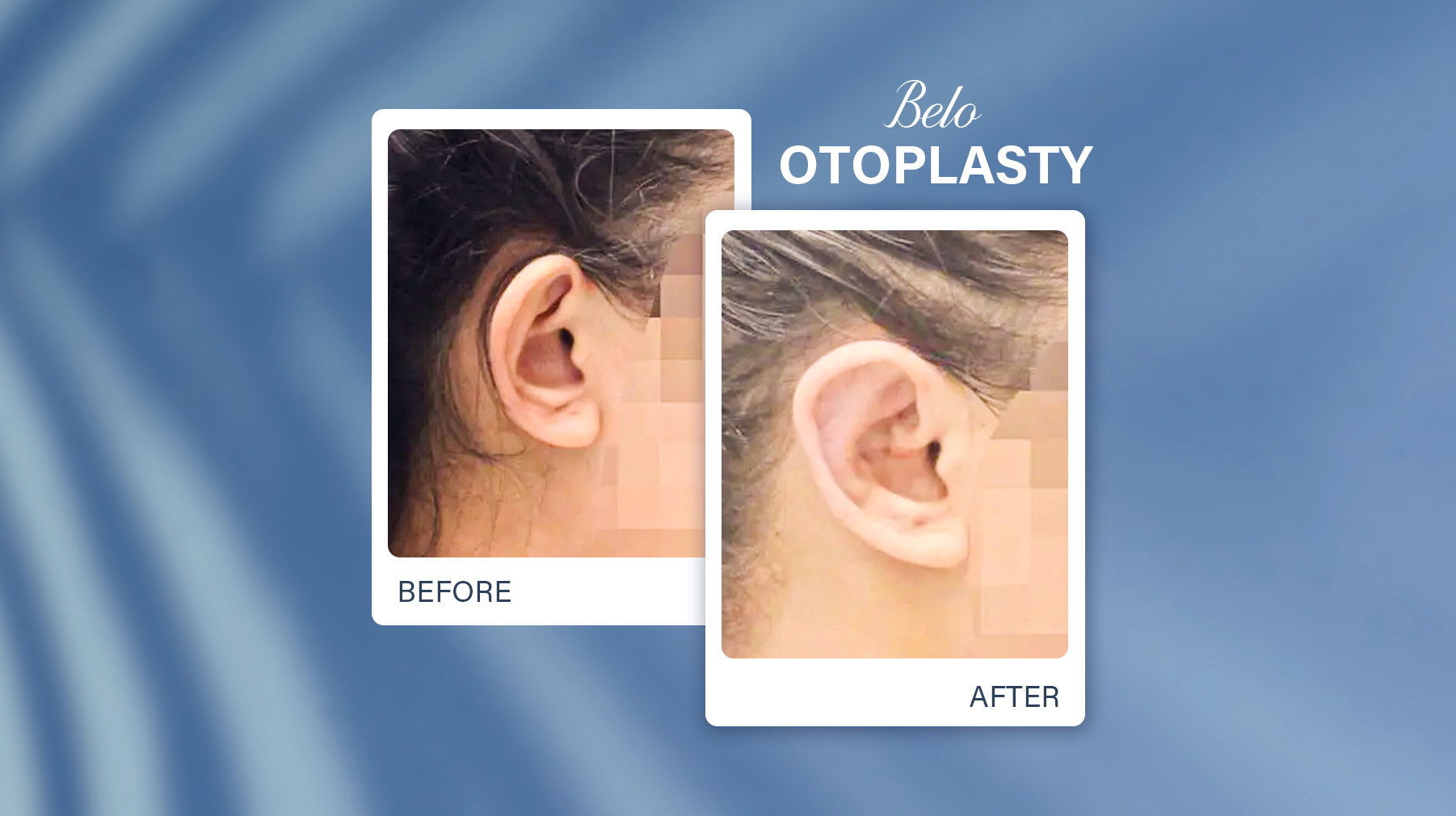Which Treatment is Good For Your Vaginal Health?
November 22, 2024

Designed to improve the shape, position, or proportion of the ears, here’s everything you need to know about otoplasty! We sat down with Ear, Nose, Throat, Head and Neck Surgeon Dr. Renato “Nato” Pascual Jr, to tell us more.
Otoplasty is a surgical procedure that reshapes, repositions, or resizes the ears. Often chosen by individuals bothered by protruding or uneven ears, it helps create a more balanced appearance by bringing the ears closer to the head or correcting asymmetry for aesthetic or medical reasons.
What exactly happens during an otoplasty?The surgeon take a portion of the ear cartilage to which it is reshaped or repositioned to create a more natural and balanced appearance.
Dr. Pascual explains: “There are two types of procedure – the Mustardé and Davis.
The Mustarde is putting the fold, while the Davis is removing the strong cartilage. Sometimes, patients just do one. The combination of Mustardé and David is also possible.”
There are some cases where patients who do otoplasty also express interest for a rhinoplasty. This comes handy as both surgical procedures involve the cartilage.
“When we do otoplasty to our patients, we also ask if they want to do rhinoplasty as well because we’re going to use the cartilage that was removed for the tip of the nose. We recommend that they do it at the same time, so that when we get the cartilage here, we can still use that for the tip (of the nose).”
According to Dr. Pascual, it takes a week to two weeks. Even though sutures are removed on the seventh day, Dr. Pascual said to expect some swelling, though at this time it’s now “more presentable”.
“We still ask the patients to wear a headband so that it will keep it from its position and will still maintain the fold of the ears.”
How about scarring? “Usually, when we do otoplasty, the incision will be at the back of the ear. It’s not that noticeable but scarring would depend on the body of the patient on how it heals. There are patients who are keloid formers, some none. It would depend, really. I’ve seen patients who did not develop jeloid in the incision side.”
If ever a keloid develops, there are treatments available in Belo that can take care of that!
Like any surgery, there are risks but these are isolated cases and do not happen often. The ears are very vascular and can develop bruising. Complications include hematoma.
Dr. Pascual pleasantly shares that yes – patients can expect the results to be permanent. “In early stages when the sutures would loosen up, it might go back to its old position but if it has already been positioned like that and fibrosis has already developed, it should be fine.”
Contrary to popular belief, Dr. Pascual clarifies that otoplasty, unfortunately, does not fix hearing.
“The ear is like a funnel. It gets the sound, although the main hearing apparatus is INSIDE the ear. What we do [for otoplasty] is we just adjust the outer part of the ear which will not have any effect on the hearing itself. It won’t have any advantage for patients who are thinking this will improve their hearing. If there’s a deformity as long as it’s not blacking the canal, it wouldn’t be a problem. Most of the time, when otoplasty is done, it will not cause any problems with hearing.”